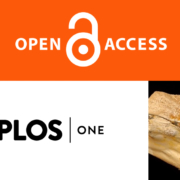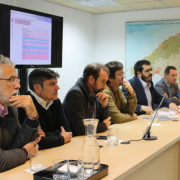EPG combined with micro-CT and video recording reveals new insights on the feeding behavior of Philaenus spumarius
Authors
Daniele Cornara (1), Elisa Garzo (1), Marina Morente (1), Aranzazu Moreno (1), Javier Alba-Tercedor (2), Alberto Fereres (1)
Affiliations
(1) Instituto de Ciencias Agrarias, Consejo Superior de Investigaciones Cientificas, ICA-CSIC, Madrid, Spain.
(2) Department of Zoology, Faculty of Sciences, University of Granada, Campus de Fuentenueva, Granada, Spain.
Abstract
The meadow spittlebug Philaenus spumarius plays a key role in the transmission of the bacterium Xylella fastidiosa to olive in Apulia (South Italy). Currently, available data on P. spumarius feeding behavior is limited, and a real-time observation of the different steps involved in stylet insertion, exploratory probes, and ingestion, has never been carried out. Therefore, we performed an EPG-assisted characterization of P. spumarius female feeding behavior on olive, in order to detect and analyze the main EPG waveforms describing their amplitude, frequency, voltage level, and electrical origin of the traces during stylet penetration in plant tissues. Thereafter, each of the main waveforms was correlated with specific biological activities, through video recording and analysis of excretion by adults and excretion/secretion by nymphs. Furthermore, the specific stylet tips position within the plant tissues during each of the waveforms observed was assessed by microcomputer tomography (micro-CT). Additional EPG-recordings were carried out with males of P. spumarius on olive, in order to assess possible sex-related differences. P. spumarius feeding behavior can be described by five main distinct waveforms: C (pathway), Xc (xylem contact/pre-ingestion), Xi (xylem sap ingestion), R (resting), N (interruption within xylem phase). Compared to males, females require shorter time to begin the first probe, and their Xi phase is significantly longer. Furthermore, considering the single waveform events, males on olive exhibit longer np and R compared to females.
This work has been financially supported by European Union Horizon 2020 research and innovation program under grant agreements no. 635646 POnTE (Pest Organisms Threatening Europe), and no. 727987 XF-ACTORS (Xylella Fastidiosa Active Containment Through a multidisciplinary-Oriented Research Strategy).
Published on July 17, 2018 by PLOS ONE









